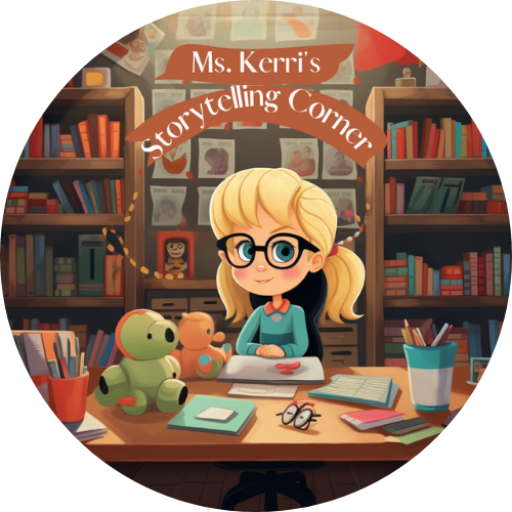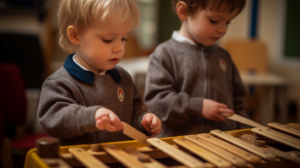Circle time is a special part of preschool where kids come together to learn, share, and have fun. It’s a great opportunity for teachers and parents to engage children in various activities that promote social skills, creativity, and learning. In this article, we’ll explore a bunch of engaging circle time ideas that are perfect for preschool teachers and parents alike. Whether you’re looking for creative storytelling methods, music and movement activities, or hands-on learning experiences, you’ll find plenty of inspiration here!
Key Takeaways
- Using props and movement can make storytelling more engaging for kids.
- Incorporating music and rhythm keeps preschoolers active and involved.
- Hands-on activities like crafts and sensory bins enhance learning experiences.
- Social skills can be developed through sharing and teamwork games.
- Theme-based circle time makes learning fun and relevant for young children.
Creative Storytelling Techniques
Using Props to Enhance Stories
Okay, so you’re trying to make story time a bit more exciting? I get it. Sometimes just reading a book isn’t enough to hold their attention. That’s where props come in! Think about what you can use to bring the story to life. It doesn’t have to be fancy. A simple stuffed animal, a funny hat, or even just a stick can work wonders.
- Use items related to the story’s setting.
- Let the kids handle the props during the story.
- Encourage them to make sound effects with the props.
Props can really help kids connect with the story on a different level. It’s not just about listening; it’s about seeing, touching, and experiencing the story.

Incorporating Movement into Storytelling
Let’s be real, preschoolers have a ton of energy. Sitting still for too long is basically torture for them. So, why not let them move while you tell a story? Get them acting out parts of the story, doing simple actions, or even just wiggling their fingers. It keeps them engaged and helps them remember what’s happening. You can even try movement games for circle time to get them involved.
- Act out animal movements from the story.
- Use hand gestures to represent different characters.
- Have them stand up and sit down during key moments.
Interactive Storytelling with Questions
Instead of just reading to the kids, try reading with them. Ask questions throughout the story. What do they think will happen next? How does the character feel? Have they ever experienced something similar? This turns story time into a conversation and keeps them thinking. You can even use interactive charts to help them visualize the story.
- Ask open-ended questions that require more than a yes/no answer.
- Encourage them to make predictions about the plot.
- Relate the story to their own experiences.
Here’s a simple way to structure your questions:
| Question Type | Example | Purpose |
|---|---|---|
| Prediction | “What do you think will happen next?” | Encourages critical thinking |
| Character Emotion | “How do you think she’s feeling?” | Develops empathy |
| Personal Connection | “Have you ever felt like that?” | Makes the story more relatable |
Incorporating Music and Movement

Music and movement are super important for preschoolers. It’s not just about having fun (though that’s a big part of it!); it’s also about developing important skills like coordination, listening, and social interaction. Let’s look at some ways to bring music and movement into circle time.
Songs That Encourage Participation
Pick songs that kids already know and love, or introduce new ones with simple, repetitive lyrics. This makes it easier for them to join in. Think about songs with actions, like “Head, Shoulders, Knees, and Toes” or “If You’re Happy and You Know It.” These get kids moving and help them learn about their bodies. You can also use songs to teach concepts like colors, numbers, or animals. Don’t be afraid to get silly and make up your own verses! For example, you can use action songs to get the kids moving.
Movement Games for Circle Time
Movement games are a fantastic way to burn off some energy and get kids engaged. Here are a few ideas:
- Freeze Dance: Play some music and have the kids dance around. When the music stops, they have to freeze in place. Anyone who moves is out. This is great for teaching self-control and listening skills.
- Animal Walks: Have the kids pretend to be different animals and walk around the circle like them. For example, they can waddle like ducks, hop like bunnies, or slither like snakes. This is a fun way to get them moving and using their imaginations.
- Simon Says: This classic game is always a hit. Give the kids instructions that start with “Simon says…” and they have to follow them. If you don’t say “Simon says…” they shouldn’t do it. This is great for teaching listening skills and following directions.
Remember to keep the games short and sweet, and make sure they’re appropriate for the age and abilities of the children in your group. It’s also a good idea to have a few different games in your back pocket so you can switch things up if the kids start to lose interest.
Rhythm Activities to Engage Kids
Rhythm activities are a great way to develop kids’ sense of timing and coordination. Here are a few ideas:
- Clapping Games: Start with a simple clapping pattern and have the kids copy you. Then, gradually make the pattern more complex. This is a great way to develop their listening skills and coordination.
- Instrument Play: Give each child a simple instrument, like a shaker, a tambourine, or a drum. Play some music and have them play along. This is a fun way to let them express themselves and develop their sense of rhythm.
- Body Percussion: Use your bodies to create different sounds. For example, you can clap your hands, stomp your feet, snap your fingers, or pat your knees. This is a fun and easy way to explore rhythm without any instruments. You can even try music and movement activities to get them started.
Hands-On Learning Activities
Circle time doesn’t have to be just sitting and listening! Let’s get those little hands busy. Active participation is key to keeping preschoolers engaged, and hands-on activities are a fantastic way to do just that. It’s all about making learning a multi-sensory experience.

Sensory Bins for Exploration
Sensory bins are a total win. Fill a bin with rice, beans, water beads, or even just shredded paper. Hide small toys or objects inside for the kids to find. This encourages exploration and tactile learning. You can theme the bin to match your current lesson – a beach theme with sand and seashells, or a farm theme with dried corn and toy animals. It’s amazing how long they’ll stay occupied, and they’re learning without even realizing it!
Craft Projects During Circle Time
Simple craft projects can be easily incorporated into circle time. Think paper plate masks, coloring pages related to a story you just read, or even just letting them decorate pre-cut shapes with stickers and markers. Make sure the crafts are age-appropriate and don’t require too much fine motor skill. The goal is to keep them engaged, not frustrated. Plus, they get to take something home that they made themselves! This is a great way to enhance circle time.
Interactive Learning Stations
If you have the space, setting up small interactive learning stations around the circle can be a game-changer. These stations could include:
- A magnet board with letters for spelling simple words.
- A sorting station with different colored blocks or shapes.
- A station with playdough and tools for sculpting.
Rotate the kids through the stations in small groups, giving them a chance to explore each one. This keeps things moving and prevents boredom. It also allows for more individualized attention and learning. Remember to keep the activities short and sweet to match their attention spans.
Building Social Skills Through Circle Time
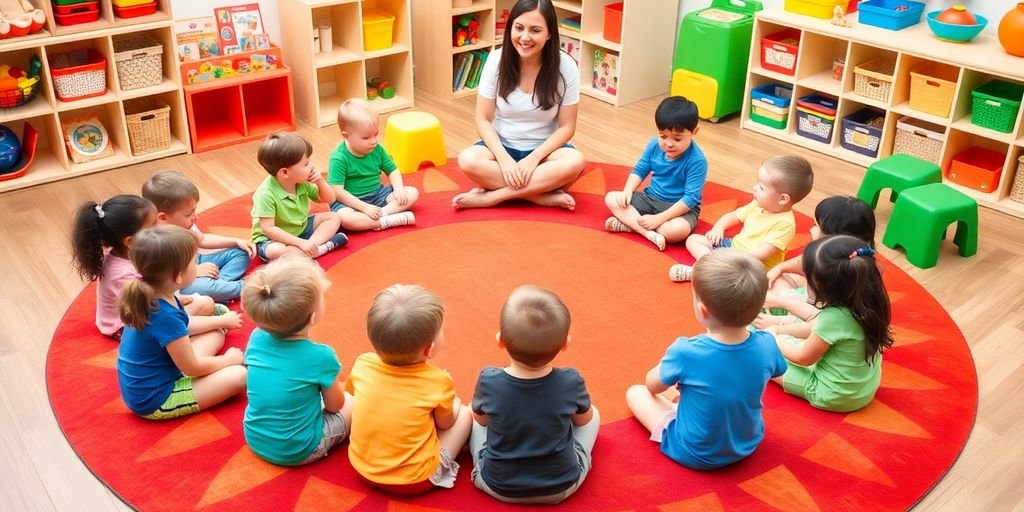
Circle time isn’t just about singing songs and reading stories; it’s a fantastic opportunity to help preschoolers develop essential social skills. It’s a structured environment where they learn to interact, share, and cooperate. It’s amazing to watch them grow in confidence and empathy through these simple activities. Circle time is a great way to build social skills.
Activities That Promote Sharing
Sharing can be tough for little ones! But circle time provides a safe space to practice. Here are some ideas:
- Show and Tell: Have each child bring in a favorite toy or object to share with the group. Encourage them to talk about it and answer questions from their peers.
- Sharing Circle: Place a basket of toys or books in the center of the circle. Let each child choose one item to play with for a short time, then pass it to the next person.
- Compliment Circle: Go around the circle and have each child say something nice about the person next to them. This promotes positive interactions and builds self-esteem. This is a great way to encourage cognitive development.
Games for Teamwork and Cooperation
Teamwork is a skill that will benefit children throughout their lives. Circle time games can make learning about cooperation fun and engaging:
- Building a Tower: Provide a set of blocks or cups and challenge the group to build the tallest tower they can together. This requires communication, problem-solving, and compromise.
- Parachute Play: If you have a parachute, use it for cooperative games like making waves, popping popcorn, or lifting a ball. These activities require everyone to work together to achieve a common goal.
- Simon Says: Play a modified version of Simon Says where children have to perform actions as a group. For example, “Simon says everyone touch their toes together!” This encourages teamwork and listening skills.
Role-Playing Scenarios
Role-playing helps children understand different perspectives and practice social skills in a safe environment. Here’s how to incorporate it into circle time:
- Conflict Resolution: Act out common scenarios where conflicts arise, such as two children wanting the same toy. Guide the children through the steps of resolving the conflict peacefully, such as taking turns or finding a compromise.
- Empathy Scenarios: Present scenarios where someone is feeling sad, angry, or scared. Ask the children how they would respond to that person and encourage them to show empathy and offer support. Circle time can also be used to try large group activities.
- Friendship Scenarios: Role-play situations that promote friendship, such as inviting someone to play, sharing a snack, or helping a friend in need. This helps children learn how to build and maintain positive relationships.
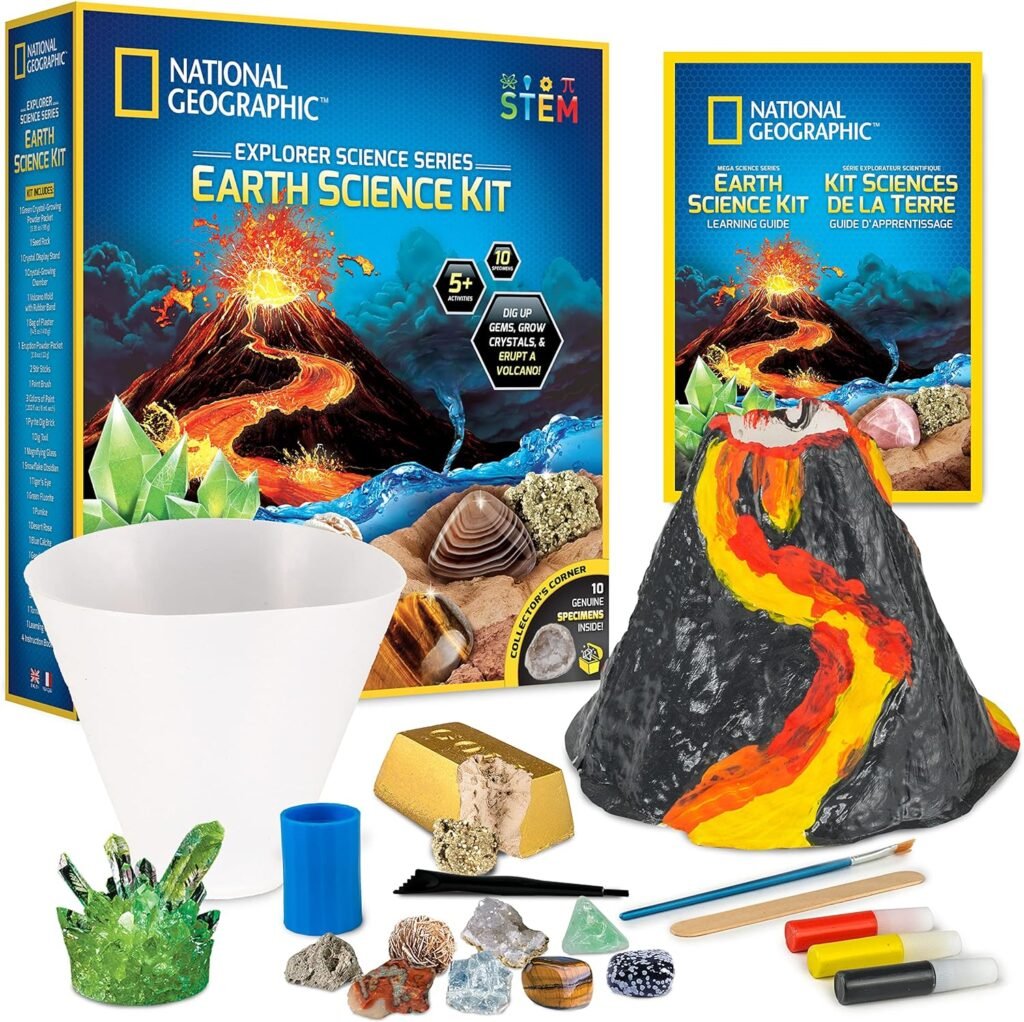
Circle time is a great way to help children develop social skills. By providing opportunities for sharing, teamwork, and role-playing, you can help them build the skills they need to succeed in school and in life. Remember to keep the activities engaging and age-appropriate, and most importantly, have fun!
Engaging Visual Aids and Props
Visual aids and props can really make circle time pop! It’s all about grabbing those little eyes and keeping them focused. Sometimes, just talking isn’t enough. Kids learn in different ways, and visuals can be a game-changer.
Using Visuals to Support Learning
Visuals can help kids understand new concepts. Think about it: a picture of an apple is way easier to grasp than just hearing the word “apple.” We can use all sorts of things – posters, flashcards, even real objects. For example, if you’re teaching about insects, bring in a magnifying glass and a real grasshopper. It makes learning tangible and exciting. Visuals also help kids remember things better. It’s like giving their brains a little cheat sheet.
Creating Interactive Charts
Interactive charts are awesome because they get kids involved. Instead of just looking at something, they get to touch it, move it, and play with it. A simple weather chart where kids move a sun or cloud each day can teach them about weather patterns. Or, a feelings chart where they point to how they’re feeling helps them express emotions. It’s all about making learning active and fun. You can even make a chart where they add their names to show who’s here today. It helps them feel like they’re part of the group.
Incorporating Technology in Circle Time
Okay, I know what you’re thinking: technology with preschoolers? But hear me out! Short, educational videos can be super engaging. Think about showing a quick clip of animals in their natural habitat when you’re talking about animals. Or, use interactive apps that let them play simple learning games together. Just keep it short and sweet. Too much screen time isn’t good, but a little bit can really spice things up. Just make sure the learning materials are age-appropriate and easy to use. It’s about finding the right balance.
Theme-Based Circle Time Ideas

Sometimes, it’s nice to shake things up and plan your circle time around a specific theme. It keeps things fresh and exciting for the kids, and it gives you a chance to tie in different learning areas. Themed circle times can make learning more engaging and memorable.
Seasonal Themes for Engagement
Okay, so seasonal themes are kind of a no-brainer, but they’re popular for a reason! Think about what’s happening outside. For autumn, you could talk about leaves changing, do a craft with fall leaves, or sing songs about pumpkins. In winter, you can discuss snow, animals that hibernate, or even make paper snowflakes. Spring is perfect for talking about flowers, baby animals, and planting seeds. And summer? Beach trips, ice cream, and sunshine, of course! The key is to make it interactive. Here are some ideas:
- Read books related to the season.
- Sing songs about the weather.
- Do a simple science experiment, like watching a seed sprout.
Cultural Celebrations in Circle Time
This is a great way to introduce kids to different cultures and traditions. You could celebrate holidays like Diwali, Hanukkah, or Chinese New Year. Talk about the customs, foods, and stories associated with each celebration. It’s important to be respectful and accurate, so do your research! Here’s a simple activity:
Have the children share if they celebrate the holiday at home, and what they do to celebrate. This helps build a sense of community and understanding.
Nature and Science Themes
Kids are naturally curious about the world around them, so nature and science themes are always a hit. You could talk about animals, plants, the solar system, or even simple machines. Bring in real objects, like leaves, rocks, or even a small plant, to make it more engaging. Here are some ideas:
- Learn about different animal habitats.
- Do a simple experiment, like making a volcano.
- Read books about nature and science.
Tips for Keeping Preschoolers Engaged

Preschoolers, bless their hearts, have the attention span of a goldfish sometimes. It’s totally normal if they start to wander off mentally (or physically!) during circle time. The trick is to keep things fresh and engaging. Here’s how:
Variety in Activities
Mix it up! Don’t do the same thing every single day. Preschoolers thrive on novelty. Alternate between storytelling, songs, movement activities, and hands-on projects. If you’ve been reading books for a week, switch to a music-based activity. If you’ve been singing, try a game. The goal is to keep them guessing and prevent boredom. Think about incorporating sensory foundations into each activity.
- Short attention spans mean frequent changes are your friend.
- Use different teaching methods to cater to different learning styles.
- Incorporate unexpected elements to pique their curiosity.
Encouraging Active Participation
Circle time shouldn’t be a lecture. Get those little bodies and minds involved! Ask questions, encourage them to share their own experiences, and give them opportunities to lead parts of the activity. The more they participate, the more engaged they’ll be. Think about using interactive storytelling.
- Ask open-ended questions that require more than a “yes” or “no” answer.
- Have them act out parts of a story or song.
- Let them choose the next activity (within reason, of course!).
Setting a Routine for Circle Time
While variety is important, so is a predictable structure. Preschoolers feel more secure and focused when they know what to expect. Start with a consistent opening song or activity, followed by a few different segments, and end with a calming closing routine. This helps them transition into circle time and stay engaged for longer.
A consistent routine provides a sense of security and predictability, which can help reduce anxiety and improve focus. However, don’t be afraid to deviate from the routine occasionally to keep things interesting. The key is to find a balance between structure and spontaneity.
- Start with a welcome song every day.
- Use visual cues to signal transitions between activities.
- End with a calming activity, like a quiet story or breathing exercise.
Wrapping It Up
So, there you have it! Circle time can be a blast for both kids and adults if you keep it lively and interactive. Mixing in different activities, using props, and encouraging kids to participate makes a huge difference. Remember, the goal is to create a fun space where little ones can learn and grow together. Don’t stress if things don’t go perfectly; just adapt and keep it engaging. With these ideas in your toolkit, you’re all set to make circle time a highlight of the day!
Frequently Asked Questions
What is circle time?
Circle time is a special part of preschool where kids gather in a circle to learn together. They can sing songs, listen to stories, and play games.
Why is circle time important for preschoolers?
Circle time helps kids develop social skills, like sharing and listening. It also gives them a chance to learn in a fun and interactive way.
How can I keep preschoolers engaged during circle time?
To keep kids interested, mix up activities, use songs and stories, and encourage them to participate actively.
What types of activities are best for circle time?
Activities like storytelling, singing, and hands-on games work well. It’s great to include things that involve movement and creativity.
How long should circle time last?
Circle time should usually last about 15 to 30 minutes, depending on the kids’ attention spans and the activities planned.
Can circle time include technology?
Yes! You can use tablets or smartboards to show videos or interactive games, but make sure to balance it with hands-on activities.
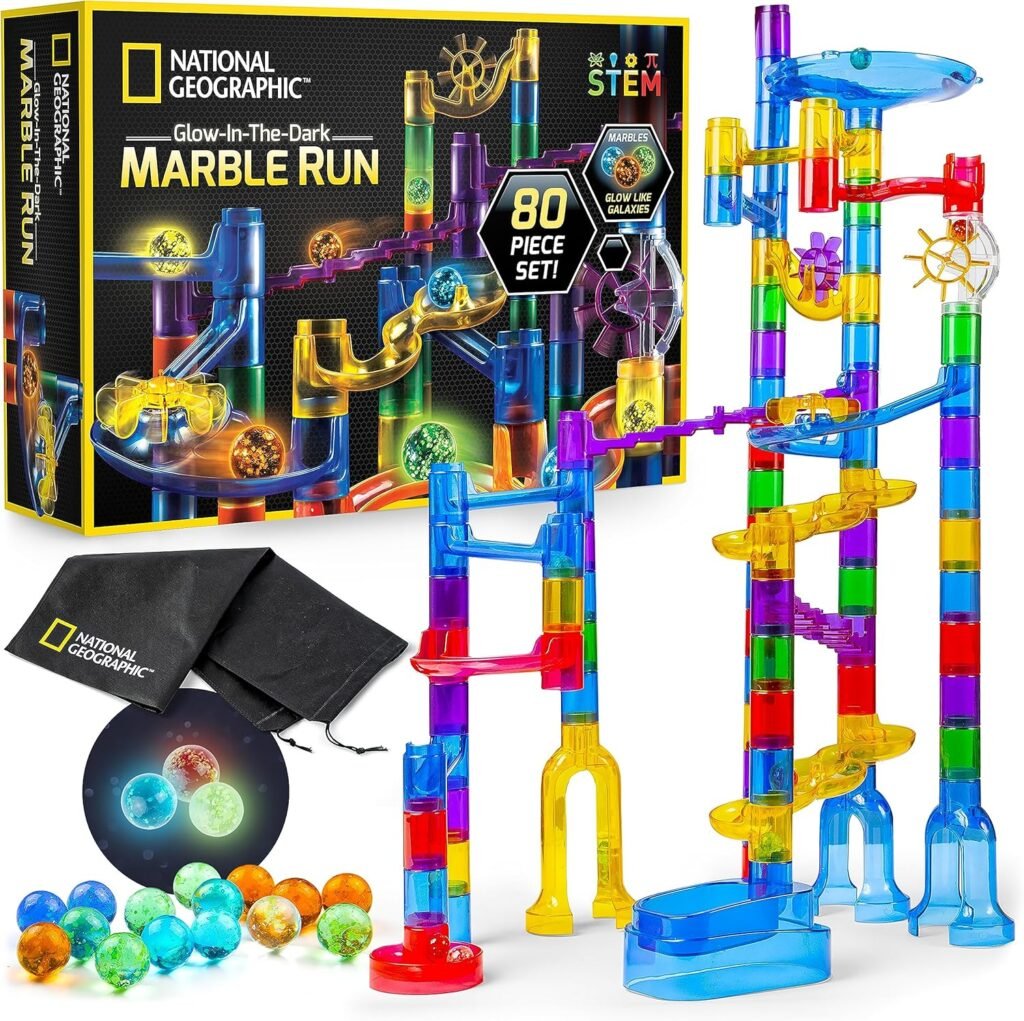

Ms. Kerri’s Corner provides a exciting virtual space for preschool learning. Through a variety of engaging activities, she exposes young minds to early math, literacy, science and social-emotional skills in a developmentally appropriate way. Centers for blocks, art, books and music allow children to explore hands-on learning at their own pace. Guided lessons subtly introduce number sense, letter sounds and narrative thinking. Careful observation gives insight into each child’s progress across domains. Viewers are also invited to participate, reinforcing that their ideas are valued. By making learning fun yet purposeful, Ms. Kerri lays the groundwork for future academic success while fostering creativity and imagination. Her program offers preschoolers valuable screen-based learning experiences.
